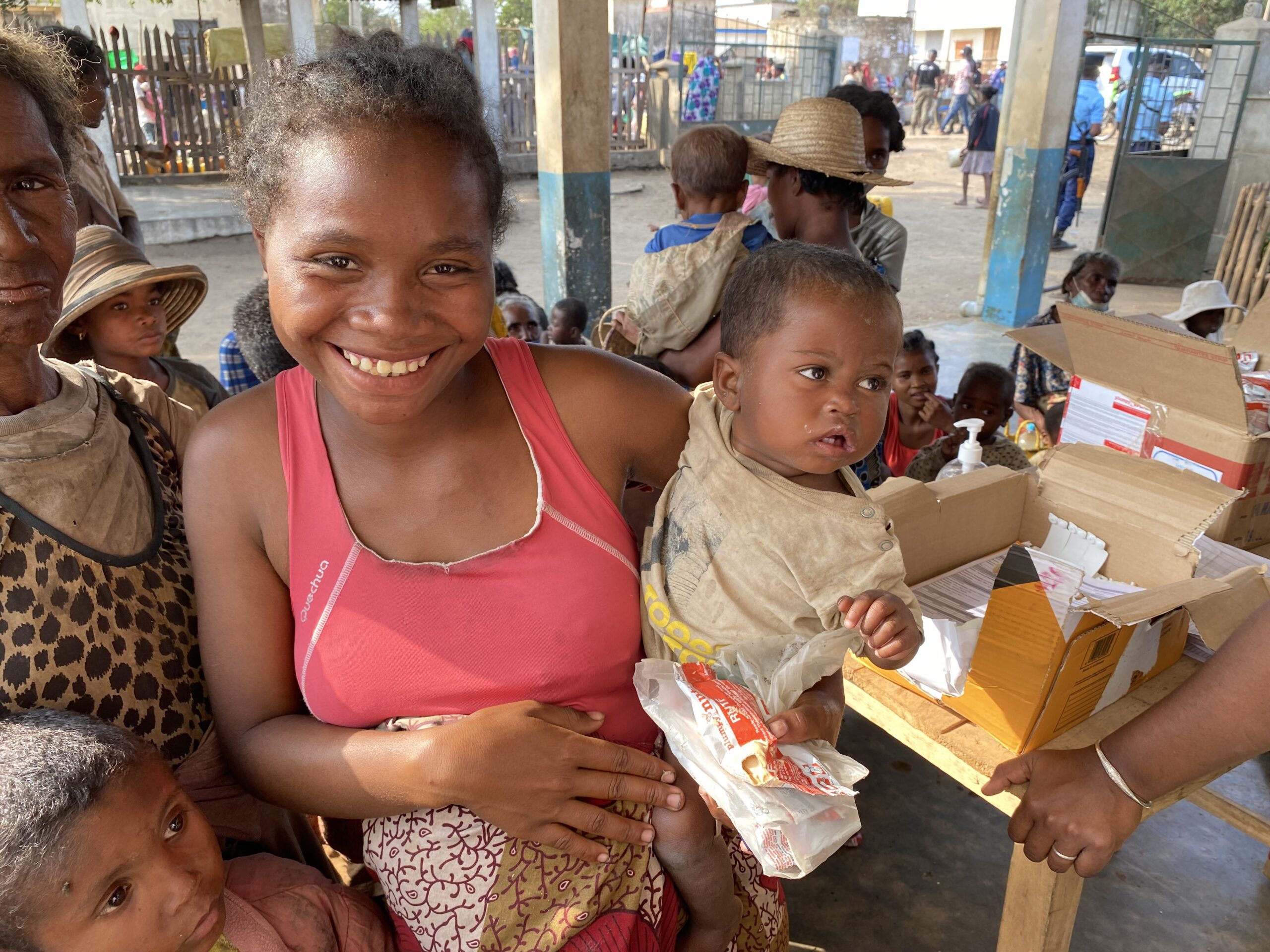
With the urban transition, malnutrition increasingly affects urban areas: one in three children is stunted; at the same time overweight and obesity continue to rise.
According to the United Nations Food and Agriculture Organization, food and nutrition security are achieved when ‘all people, at all times, have physical and economic access to sufficient safe and nutritious food that meets their dietary needs and food preferences for an active and healthy life. Challenges to the food security of the urban poor are considerable, in many cases not directly related to lack of food but rather to specific characteristics of urban poverty, and the vulnerability of the poor to sudden shocks that exacerbate long-term stresses.
Those characteristics include a lack of dietary diversity which can also be complicit in stunting, unsanitary conditions: a major problem for children in urban poverty and a combination of food insecurity with unsanitary living conditions and the resulting cycle of infection and malnutrition.
Food security issues in urban areas also call for far-reaching efforts to address the implications of climate change for households and urban food systems, and now also the extreme challenges posed by Covid-19, which can be especially severe in the context of urban density.
Coordination with grassroots organizations that include the urban poor can be a good place to start since they are responsible for much of the information on deprived urban settlements.
Although not suffering from obesity at the rates of their wealthier neighbors, the number of overweight children among the urban poor is also rising, often reflecting a diet heavy in unhealthy snack foods.
Malnutrition among urban poor children is profoundly affected by the unsanitary conditions of many of their settlements, by the uncertainty of urban livelihoods and incomes, and by the care and feeding practices that reflect the challenging lifestyles of an urban poor population struggling to keep afloat.
Conclusion
The many challenges that women and girls face to dispose of menstrual waste, and implement innovative ways to address the issue. The desiderium to educate the community about the environmental pollution and health hazards associated with menstrual waste disposal outweigh the discomfort one might feel in discussing this sensitive topic. Additionally, the sharing and use of innovations like incineration can have positive outcomes for communities. Taking simple steps such as building bathrooms that accommodate the needs of women, can help fight against the barriers that promote the inequalities that women and girls face. When women can have access to reusable sanitary products or natural sanitary products made from materials such as banana and bamboo fiber and sea sponges, we can see a world where women do not have to miss out on an education or job opportunities.
We would love to hear your comments.
Visit our Facebook page at: https://www.facebook.com/urbanhealth360/ and be part of the conversation.
Reference:
Urban Children and Malnutrition, 2021, Global Alliance – Cities 4 Children
Research Series: Cities for Children and Youth
Bibliography:
FAO (1996) Rome declaration on world food security.
http://bit.ly/3b717JT
